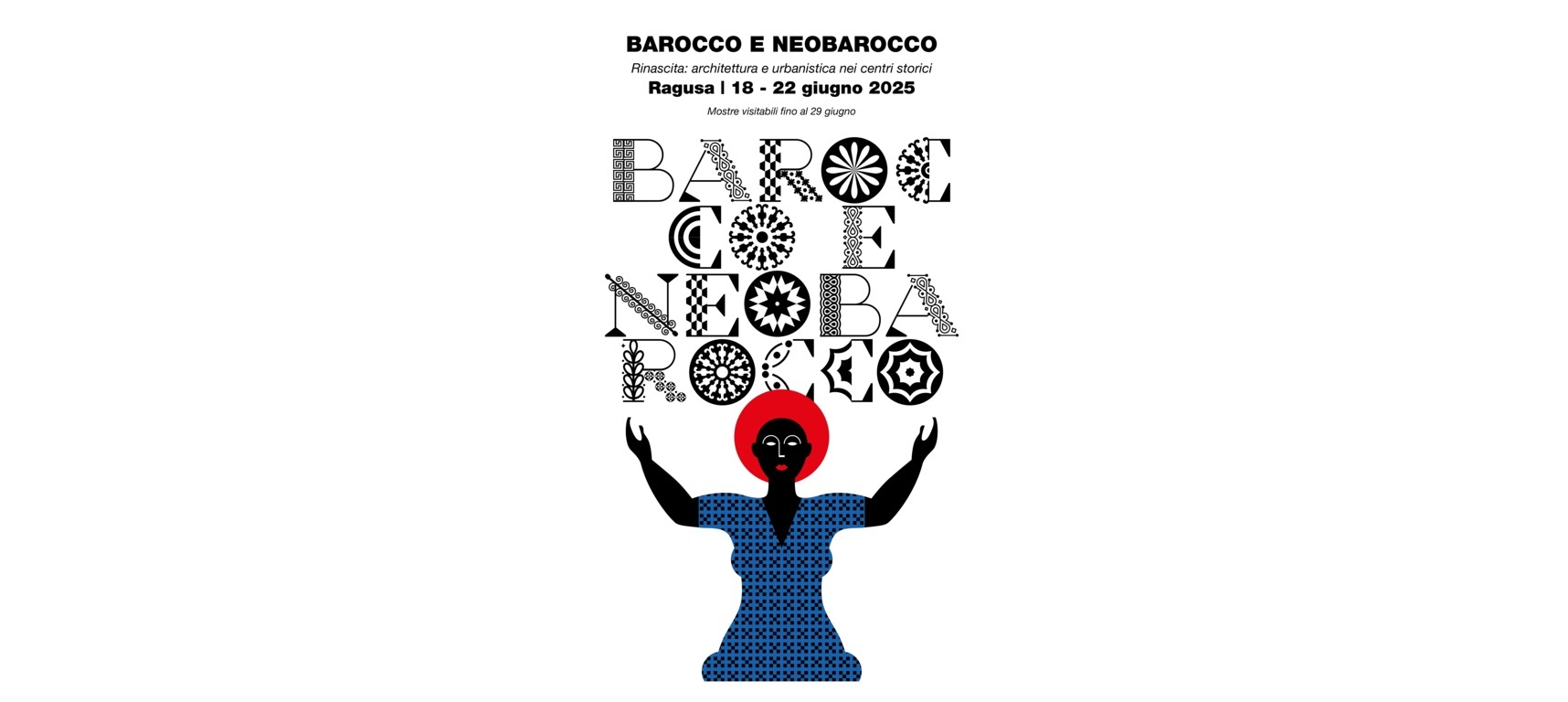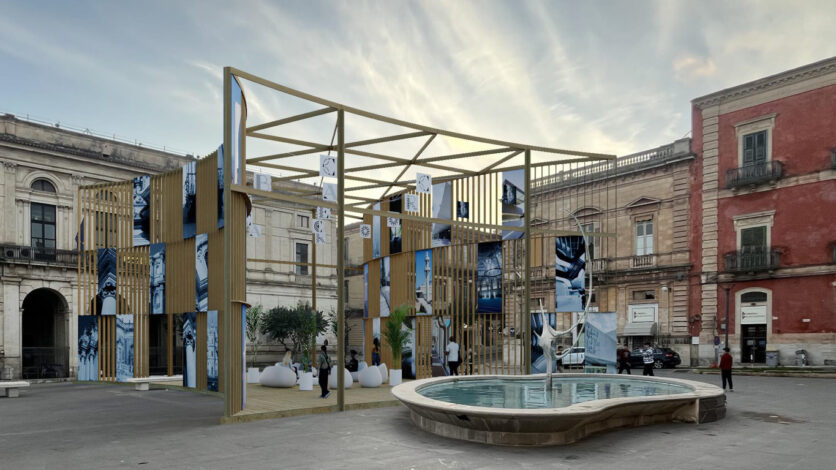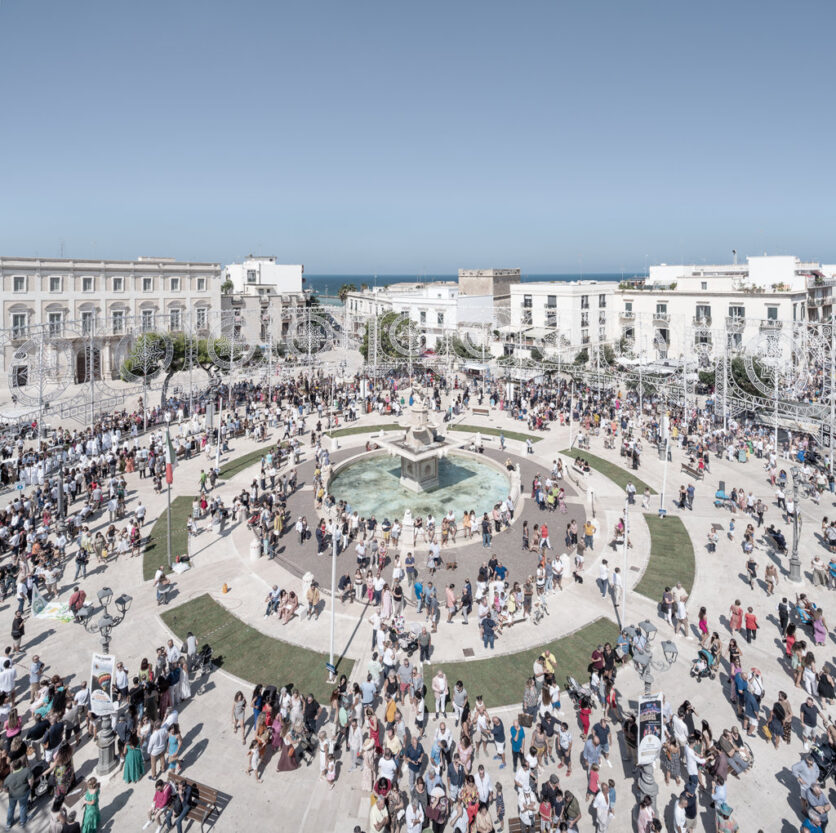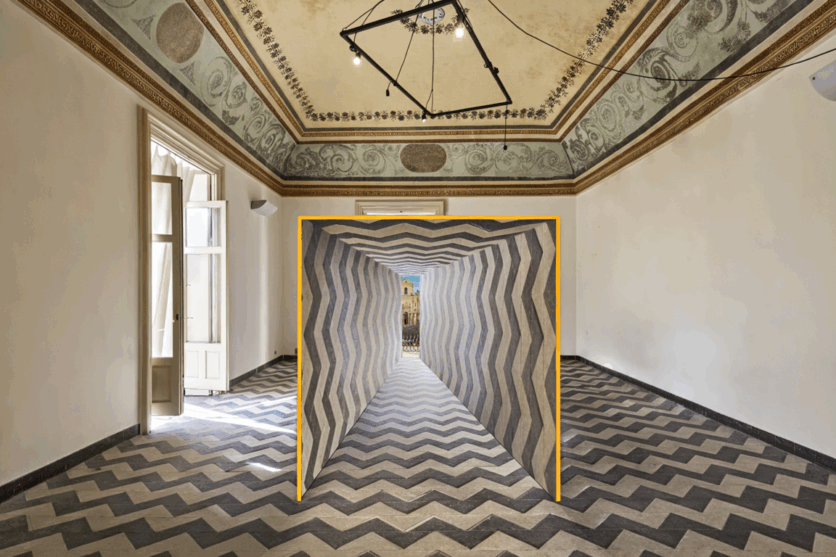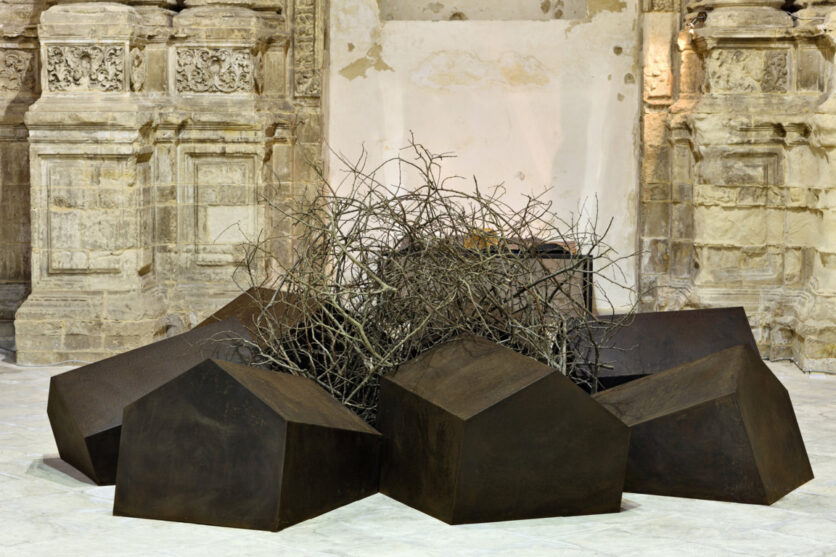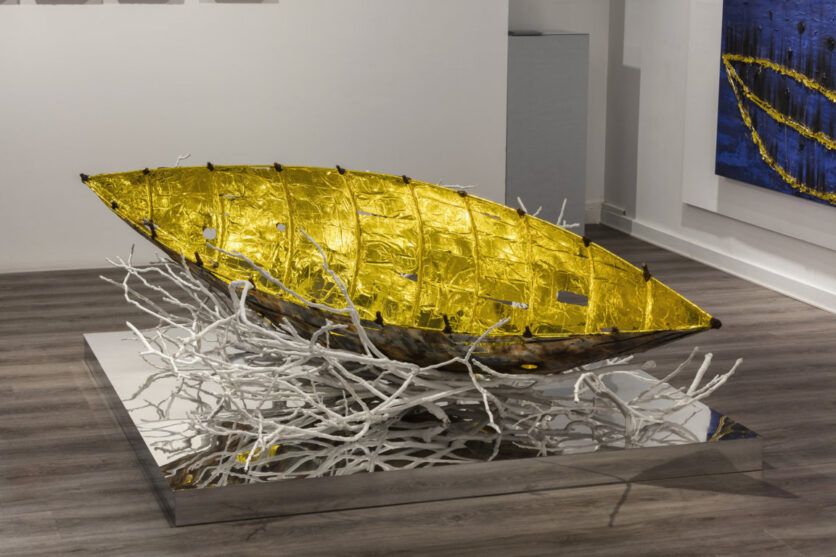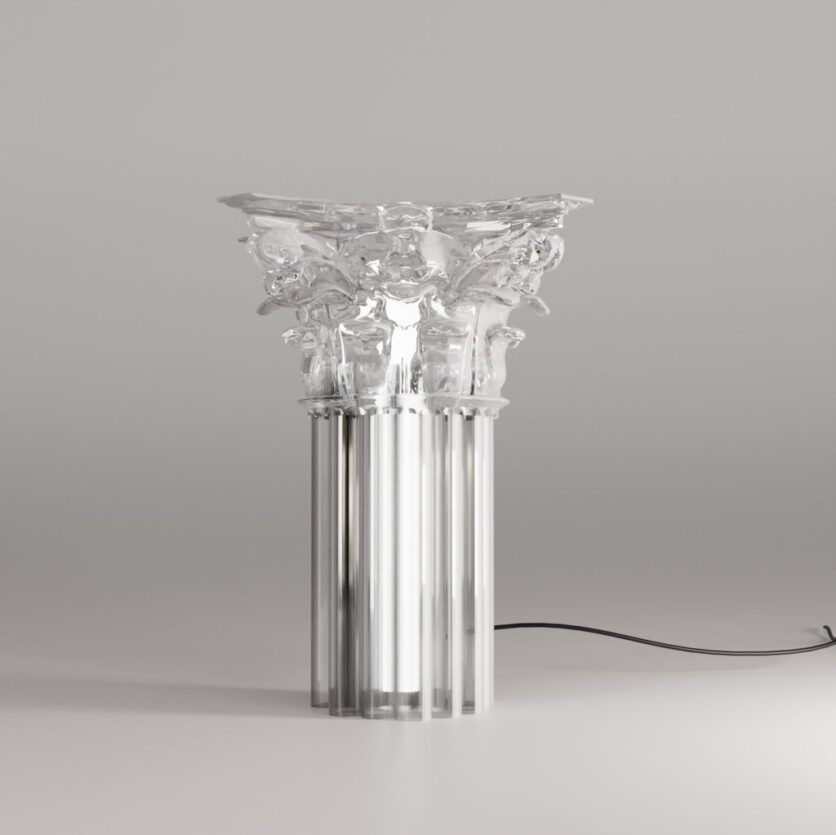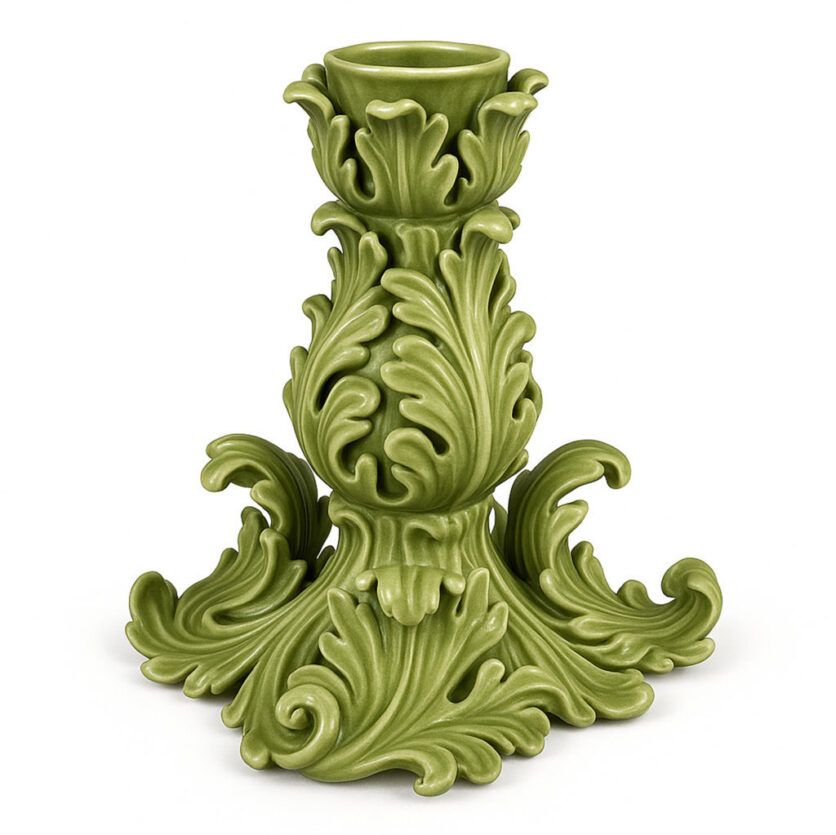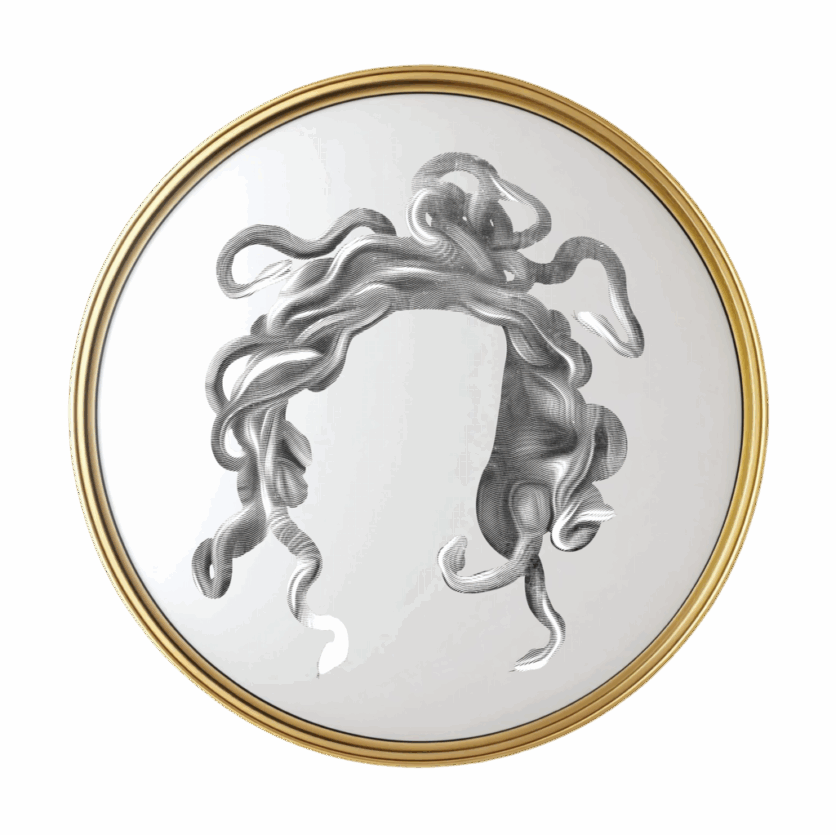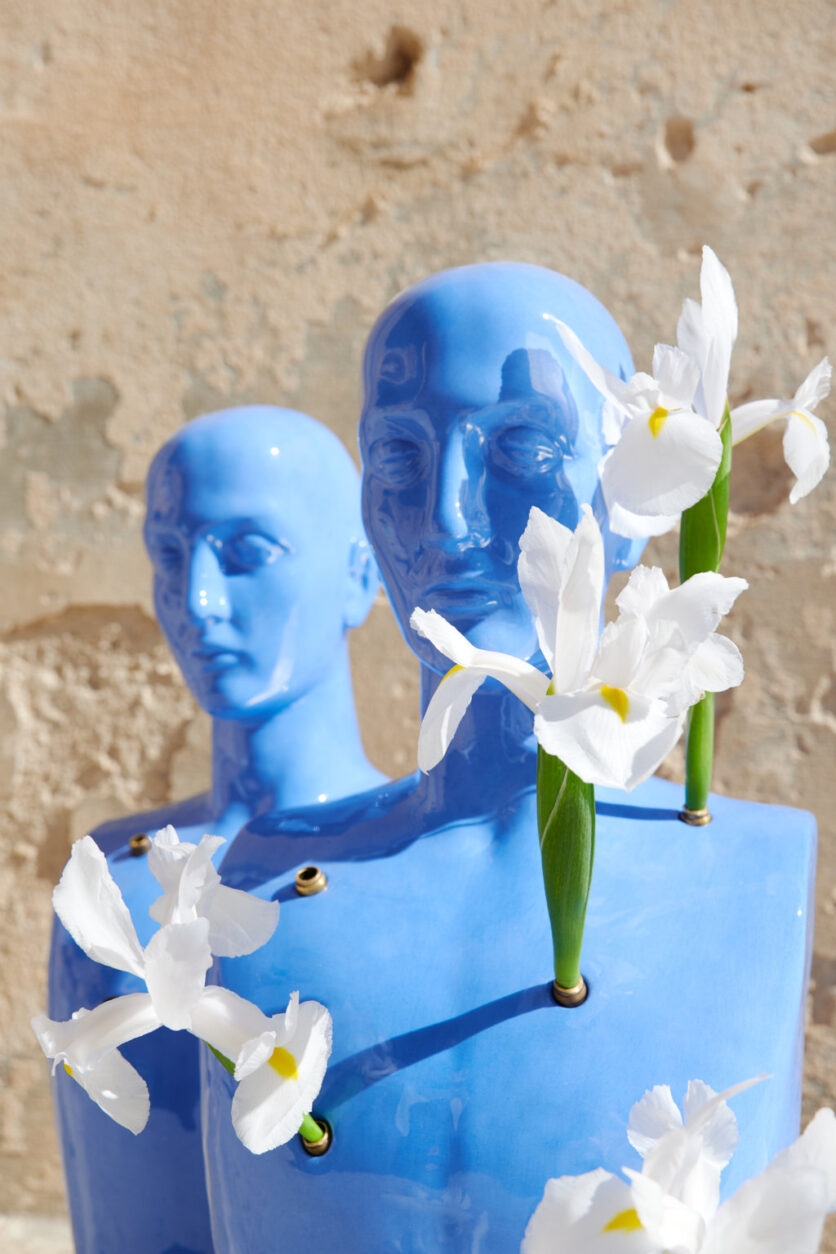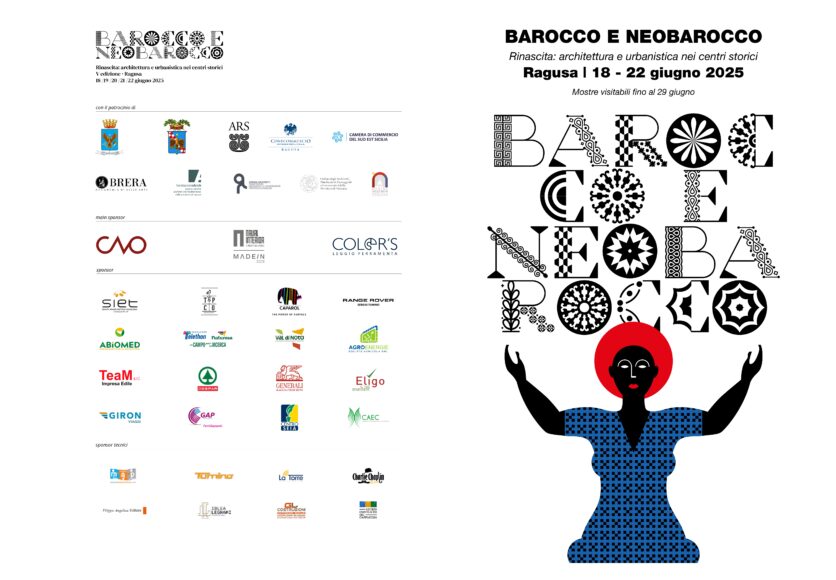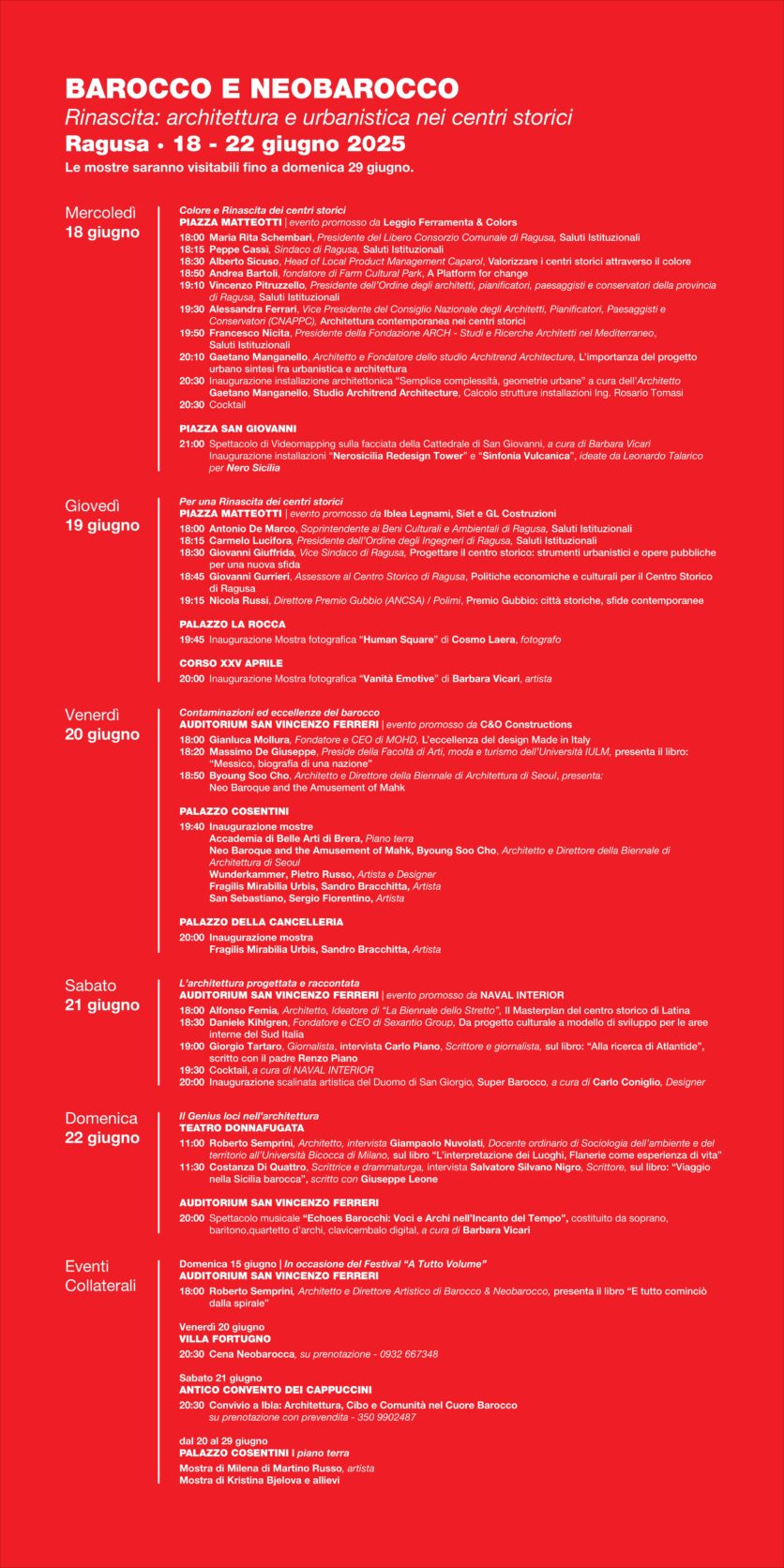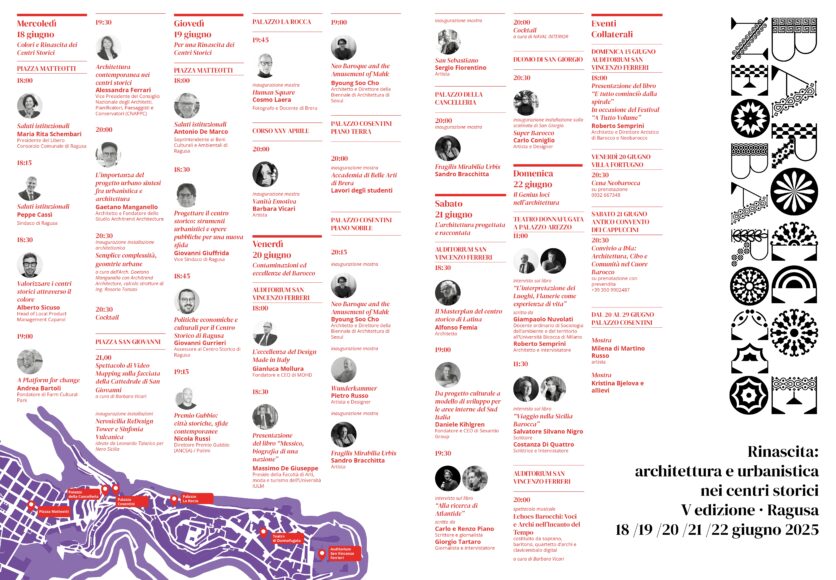From June 18 to June 22, 2025, Ragusa hosts the 5th edition of the Baroque & Neobaroque Festival, a major cultural and artistic event that will continue until June 29 with exhibitions accessible throughout the city.
Founded and artistically directed by Architect Roberto Semprini and organized by the Associazione Stupor Mundi, the festival takes place in some of the most enchanting baroque palaces of Ragusa Ibla, a UNESCO World Heritage site, such as Palazzo Nicastro, Palazzo Cosentini, Palazzo La Rocca, and the former San Vincenzo Ferreri Church.
The central theme of the event is “Rebirth: Architecture and Urban Planning in Historic Centers”. It references the post-earthquake reconstruction of 1693 in Val di Noto, a period of artistic and architectural revival that led to the creation of new towns and late-baroque architecture. Today, however, historic centers face challenges such as depopulation and the loss of commercial activities—vital elements of the urban fabric.
The festival aims to reflect on the role of urban design as a synthesis of architecture and urban planning in the regeneration of historic cities.
One of the highlights of the 2025 edition is the outdoor exhibitions, featuring temporary installations in the historic center of Ibla and Ragusa Superiore. These displays enhance key locations around the city and showcase projects of public space redevelopment already implemented in Italy and abroad, including initiatives by public administrations, thesis projects, workshops, and architectural interventions.
Among the exhibitions are photographs by Barbara Vicari titled “Vanità Emotive”, displayed along Corso XXV Aprile, and graphic works by Carlo Coniglio on the staircase of the Cathedral of San Giorgio.
The conference program, held at the former San Vincenzo Ferreri Church, includes presentations by prominent figures in the art and architecture sectors:
Nicola Russi, Director of the Premio Gubbio.
Byoung Soo Cho, Director of the Seoul Biennale.
Daniele Kihlgren, CEO of Sexantio.
Massimo De Giuseppe, Dean of IULM University.
Other experts in design, literature, and sustainability. A special contribution is a video by Renzo Piano.
The exhibitions within historic palaces include:
- Palazzo Nicastro: Sculptures by Sandro Bracchitta, in a recently restored UNESCO Heritage building.
- Palazzo Cosentini: Works by students of the Accademia di Belle Arti di Brera, along with pieces by Byoung Soo Cho, Pietro Russo, and Sergio Fiorentino.
- Palazzo La Rocca: Architectural photographs by Cosmo Laera.
- Ex San Vincenzo Ferreri Church: Installations by NAVAL Interior, including wall coverings and armchairs
The festival’s multidisciplinary approach also includes side events such as:
Color and Revival of historic centers in Piazza Matteotti, with discussions on how color enhances urban regeneration. Videomapping projected onto the façade of the Cathedral of San Giovanni.
Neobaroque Dinner at Villa Fortugno and a convivial gathering in Ibla at the Antico convento dei cappuccini, dedicated to architecture, food, and community.


